By Megan Wildhood | ( Yes! Magazine | – –
How communities are using longevity research to ensure everyone has a long, healthy life.
The average lifespan in the U.S. is about 78 years, and for the first time since the 1990s, it’s getting shorter.
Despite spending much more on health care, Americans are sicker than people in other wealthy countries, with illnesses like diabetes, heart disease, Alzheimer’s, and stroke on the rise. So are “despair deaths” from drugs, alcohol, and suicide, according to researchers, with social isolation, poverty, and addiction laying the groundwork.
A long life is not just a health issue; it’s a justice issue. The wealthiest 1 percent, according to a study reported in The Lancet medical journal, now live on average 10 to 15 years longer than the poorest 1 percent. The shock of that statistic belies some basic logic that says the length of your life should not depend on the size of your bank account.
How long should we be living? It’s true that living past 100 while remaining healthy has much to do with genetics, but what about getting close to 100? There are cultures that regularly see people healthy into their 90s, free of the many diseases associated with aging.
In 2005, Dan Buettner’s National Geographic project studied such communities and found their commonalities. His research team of doctors, anthropologists, and epidemiologists discovered five “Blue Zones,” places in the world where people live the longest: Okinawa, Japan; Sardinia, Italy; Nicoya, Costa Rica; Ikaria, Greece; and Loma Linda, California. Buettner’s book The Blue Zones: 9 Lessons for Living Longer From the People Who’ve Lived the Longest became a bestseller.
“At first, it was purely a research question,” Buettner says. “It was a way to solve a cool mystery. It took about five years for me to realize that our findings could help Americans with their health.” Now he and his team are using what they learned about healthy longevity to transform communities in this country.
“None of the people in the Blue Zones tried to live longer than everyone else on earth,” Buettner says. “It’s the way they live naturally. So rather than nag people to exercise or eat healthy, why not shape people’s environments so that health is basically mindless?”
The Blue Zones Community Project was born. It aims to reshape culture and environment to change individual behavior, so the changes stick. “The thing about these longevity principles,” Buettner says, “is that you have to do them for a long time. If you’re a vegan for two years and then eat burgers and fries for the rest of your life, that vegan diet won’t do much for you.” So far, Blue Zones Project initiatives have reached almost 3.5 million people in more than 40 cities.
Leaving long life and good health up to individuals means economic inequality comes into play, but when longevity is a group effort, communities can use Blue Zones research to help everyone live longer and healthier. Studies show that social change begins to happen when as little as 10 percent of a population changes its thinking. This is why Blue Zones teams only need about 20 percent of the population to sign Blue Zones pledges—de-conveniencing their homes to promote more movement, starting to volunteer, joining a moai group. “I don’t advertise,” Buettner says. “Cities come to me—most recently my own, Minneapolis.”
Buettner likes to deal at the city and community level; there are typically five to 10 low-hanging fruits in terms of changes to make right away that don’t stir up political tension or cost the city a lot of money. “I’d rather go to a city council and get them to pass an ordinance limiting the number of fast food restaurants within a given area than nag people to eat healthy,” Buettner says. “I get so much more done.”
Here are five principles communities can adapt to create a culture of longevity—and justice.
1. Eat Mostly Plants
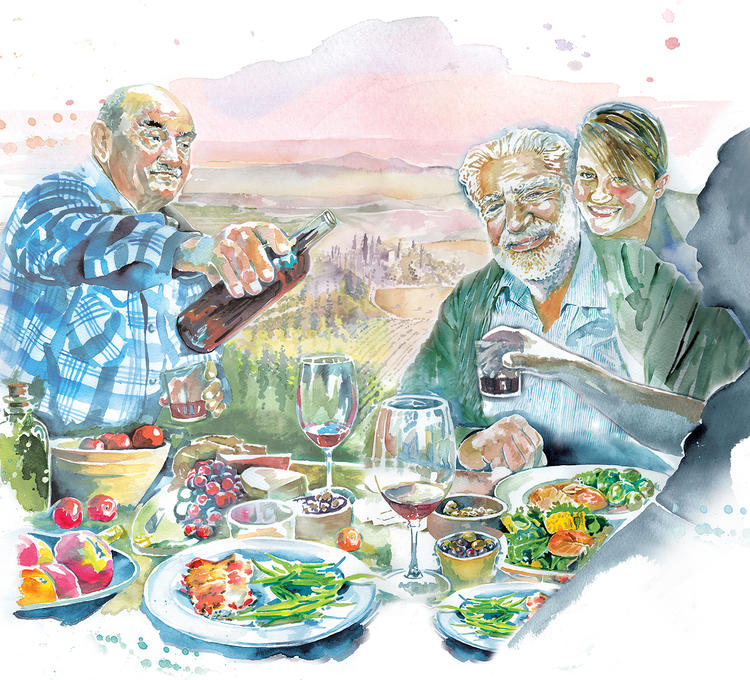
Lessons from Sardinia, Italy
Sardinia, the first Blue Zone researchers identified, is a genetically and culturally isolated island in the Mediterranean with the world’s longest-lived men. The common diet is heavy on plants, legumes, and fish, with meat only occasionally. Importantly, eating is a social activity. Laughter with friends reduces stress, which in turn contributes to less heart disease, improved immune systems, and sharper cognitive function.
While it is becoming more widely accepted that eating more plants is better for human health and the planet, it’s often individuals left to make diet changes. But what if the commitment to a plant-based diet were community-wide?
Beacon Food Forest, 2 1/2 miles south of downtown Seattle, is more than 5 acres of permaculture food farming, providing food access for anyone who needs it. “We want people who are not software engineers in this city to know we still care about them,” co-founder Jackie Cramer says.
A large strip of seasonal vegetables lines the forest to the west, and a gravel path separates the veggies from an abundant welter of fruit trees and bushes bearing everything from goumi and goji berries to the more familiar blackberries and blueberries. Some plants are specifically for supporting native pollinators. There’s a nut grove and mushroom hut. Anyone can walk through the public part of the forest to forage.
The forest is run by volunteers—a committed core of 20 to 25 people plus others who can be called upon if needed for specific tasks. “We’re not strict with our volunteers,” Cramer says. “If you don’t like a project, walk away and join another team. And if you have an idea for a project, we’re totally open.” Maybe this is why Beacon Food Forest never lacks workers. The project not only introduces volunteers to food-growing that respects seasonality and the ecosystem, but it connects them to their community. “I’ve never met so many people in such a short amount of time,” says volunteer Joe Sutton-Holcomb.
Food as a way to build community has been effective in this fearful political climate of the Trump administration. “We’d put signs out indicating free food,” Cramer says, “but some of the neighbors across the street wouldn’t come. So we took the food to them and found out that they weren’t visiting because they weren’t sure if they needed identification.”
2. Move Naturally
Lessons from Ikaria, Greece
“The world’s longest-lived people,” the Blue Zones project says, “don’t pump iron, run marathons or join gyms. Instead, they live in environments that constantly nudge them into moving without thinking about it.” The people of the small island of Ikaria have perfected the healthy art of natural movement. The very oldest members of this community are generally poor and living in the highlands, but they are healthy. Between active days of gardening or frequent walks to friends’ houses, residents don’t have to set aside time dedicated to movement.
In the United States, our neighborhoods, livelihoods, and culture have been built around the automobile. To address the deadliness of this sedentary lifestyle, employers include gym memberships in benefits packages. Doctors repeat the recommendation to exercise for 30 minutes five times a week so often that many people live with guilt for not fitting a workout into their day. But what if exercise wasn’t just one more item on our already overstuffed to-do lists?
We all can’t hoof it up a hill to hang out with friends, and city living makes gardening challenging. But all environments, from dense urban centers to rural neighborhoods, can be reconfigured to support more walking as transportation.
Feet First, a pedestrian advocacy organization in Washington state, has been working since 1995 to make communities safer and easier to walk in. Feet First works to establish safe routes for kids walking to school and trains volunteers to design and lead walks through their own communities, with themes such as “Hidden Beauty” or “How to Get All Your Errands Done on Foot.” The group develops educational materials for commuters and engages legislators to make policy and budget choices that favor walkability.
Safe, walkable neighborhoods put more natural movement into your day and also build community solidarity.
Imagine those neighborhoods you see in old movies where people are waving to each other on the way to the grocery store. Achieving that depends largely on where you start. “People have an easier time intuitively understanding grids than cul-de-sacs,” says Feet First’s Policy Committee Chair John Stewart. Neighborhoods built before World War II are easier to work with than much of what we’ve built in the last 20 years. He says, “It’s really about a sense of social cohesion. Cyclists, pedestrians, drivers. The way we think about things right now, these are three separate and sometimes adversarial communities.”
Safe, walkable neighborhoods put more natural movement into your day and also build community solidarity. “You’ll know about the elderly person who needs to be checked up on or the person who needs a certain medication,” Stewart explains. This awareness is a crucial part of emergency preparedness.
Overcoming the barriers to walkability requires stretching our definition of community building. “Coalitions of like-minded people—including legislators, residents, those working to expand public transit, and researchers who understand that pedestrian advocacy is a long-term commitment—are essential. It took us a long way to get as far from walkable communities as we are, and it will take us a while to get to the level that Denmark or Amsterdam are, for example,” Stewart says. “It will require a design shift to make driving less convenient than walking. But it will also take a culture shift to get people thinking less ‘I have to give up something’—namely convenience when they drive less—and more ‘I am gaining something’—namely exercise and community when they walk more.”
3. Decrease Stress
Lessons from Nicoya, Costa Rica
Residents of Nicoya value traditions and social connections. Nicoyan centenarians get frequent visits from neighbors. They work hard physically throughout their lives, even the oldest among them, and continue old ways that go back to the Chorotega, Indigenous people of the region, including a diet of fortified maize and beans.
On an individual level, de-stressing might look like a regular yoga or mindfulness practice, spending time in nature, prayer, or journaling. While these can be beneficial, in an era where thousands of jobs are being outsourced or outdated and nearly 1 in 4 Americans says they have no one they could turn to for support, a bunch of individuals reflecting on their days or doing breath work isn’t going to be enough, even for those individuals. We are social beings; we need to reduce collective stress by supporting each other.
Modern Western communities have become unmoored from traditions and extended social groups, and the resulting individualism may be at the root of one of the greatest modern stressors: inequality. Chuck Collins, author of Born on Third Base: A One Percenter Makes the Case for Tackling Inequality, Bringing Wealth Home, and Committing to the Common Good, suggests that solving economic inequality requires “an economy that supports working, yes, but much more time for taking care of each other, playing, and making art.”
“Disconnection is a drug; privilege isolates and anesthetizes,” Collins writes.
So how can a community de-stress together? Fight inequality. Reach outside your socio-economic sphere, befriend people in different social classes. Find common goals to work toward together: community gardening, repairing houses, improving public spaces. Organize support for those who are vulnerable in this current regime of hatred.
4. Cultivate a Sense of Purpose
Lessons from Loma Linda, California
The 9,000-member Seventh-day Adventist Church makes up the core of the only Blue Zone in America. Church members create a social fabric out of helping others in the community, and the church provides many opportunities for volunteering. Giving time to others not only staves off depression, but doing so with others as part of a larger mission amplifies the benefits.
Two-thirds of Americans hate their jobs. Yet meaningful work is good for our health. Blue Zones research explains, “Knowing your purpose adds up to seven years of life expectancy.” Opportunities to change jobs can be limited by circumstances, though.
Perhaps we can get those health benefits by creating communities with a shared sense of purpose. Native cultures share a stewardship for the Earth, believing that it belongs to everyone, including future generations. Alaska has built into policy the idea that its resources do not belong to any individual exclusively, so every Alaskan resident receives a portion of oil revenue.
In Montana last year, the idea of opening up the state to take in refugees started with one woman but would likely not have grown into Soft Landing, the nonprofit in Missoula that welcomes and resettles refugees, had it not been for others joining her. Mary Poole was spurred by a viral picture of a dead Syrian child, and was joined by other Montana moms in creating space for refugees. “I’m not a political person. I’m not a save-the-world activist. I don’t have a TV. I didn’t know about refugees, that it was a debate,” Poole says.
She may not have started out as an activist, but she and the other Soft Landing moms who joined her have a clear sense of purpose. So far, 30 refugee kids have a place in Montana schools. “Our sense of purpose is still very focused. On the simplest level, it’s how do we create a welcoming environment for refugee families in our community? More broadly, it’s how do we be a good community member as an organization and extend that welcome to everyone in a rising-tide-lifts-all-ships sort of way? So we do dialogue training, join the housing conversations that our community is having—you know, really exist within a community. We now have 30 volunteers that do one-on-one tutoring with every single English-language kid, not just refugees in our schools.” This is what happens when you get to know your surroundings: You see needs and create ways to meet them.
Human beings are social. If we tell stories of what we can do together, then everyone can draw some sense of individual purpose from the shared purpose. We will also have more stamina and inspiration for the tough battles ahead—dismantling racism, dealing with police brutality, climate change. And we might begin to combat social isolation and loneliness at the same time.
5. Belong to a Healthy Tribe
Lessons from Okinawa, Japan
Okinawa is where women live longer than anywhere else. Okinawans stay active by keeping “medical gardens” full of vegetables, herbs, and spices that they consume every day. They have ikigai, a strong sense of shared purpose. They maintain deep dedication to friends and family, with social networks, moais, groups of friends dedicated to each other for life. These tribes promise financial support in times of need, allowing for the emotional security of knowing that someone is always there for them.
Smoking, obesity, happiness, and even loneliness all have been shown to be contagious. So it stands to reason that the longest-lived people live in communities where most people are making healthy choices. Think of this “group mind” as positive peer pressure.
But healthy tribes to surround us are largely missing in the U.S. Generations move away from each other, and a Western culture of individualism is one part of the problem. Consider that romantic relationships are valued higher than friendships. Can we reverse that? Our health and longevity would improve if we did.
How do we create a moai culture? Social philosopher Roman Krznaric suggests that one way to do this is through restoring a sense of belonging, and to do this we cultivate empathy. “There are two kinds of individualism, and there are at least two kinds of empathy,” Krznaric says.
“Individualism that pictures each human being as totally self-sufficient providing for all of his or her material, physical, and social needs is damaging and dishonest. But individualism that celebrates each human being’s unique personhood and potential contribution to the world—we’ll call that individuality—that’s good and necessary,” he says. Shifting our collective story away from rugged individualism and more toward interconnected individuality will reduce the stigma around asking for help and relieve the terrible burden of loneliness and stress if one has to make it all on one’s own.
A culture that supports, protects, and honors friendships will give everyone more opportunities to be surrounded by caring people making healthy choices. Changing our environments might be difficult, but it’s easier than changing all by ourselves.
Megan Wildhood wrote this article for The Decolonize Issue, the Spring 2018 issue of YES! Magazine. Megan is a freelance writer in Seattle. Her work has appeared in The Atlantic, The Sun, and America Magazine, among others. Her first book, Long Division, was published in 2017. Read more about Megan at meganwildhood.com.
Via Yes! Magazine
You can help fund powerful stories to light the way forward.
Donate Now to Yes! Magazine.
Creative Commons License Attribution-NonCommercial-NoDerivatives 4.0 International (CC BY-NC-ND 4.0)

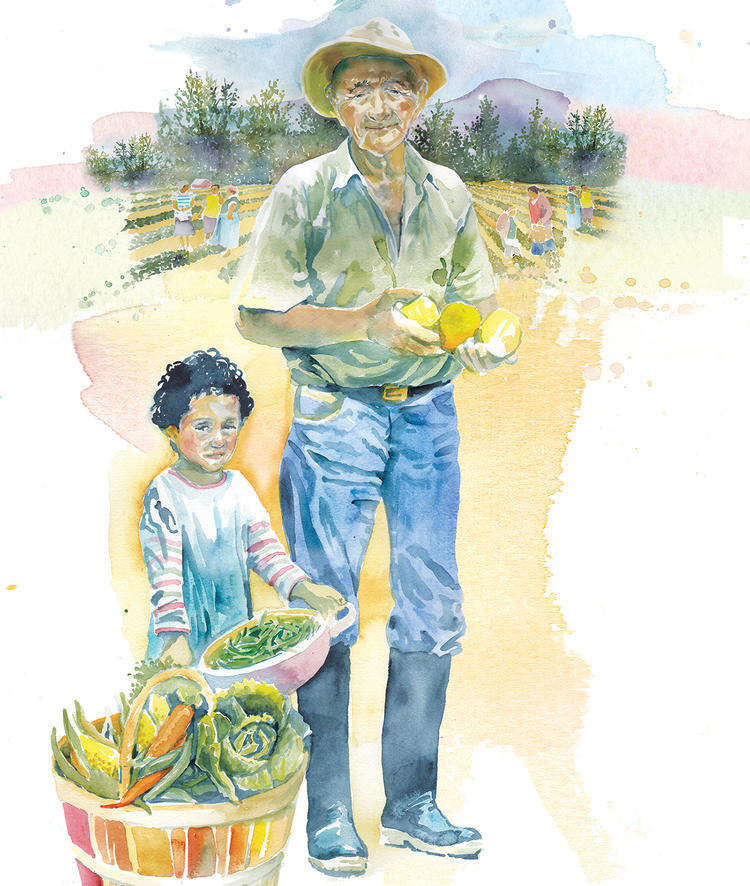
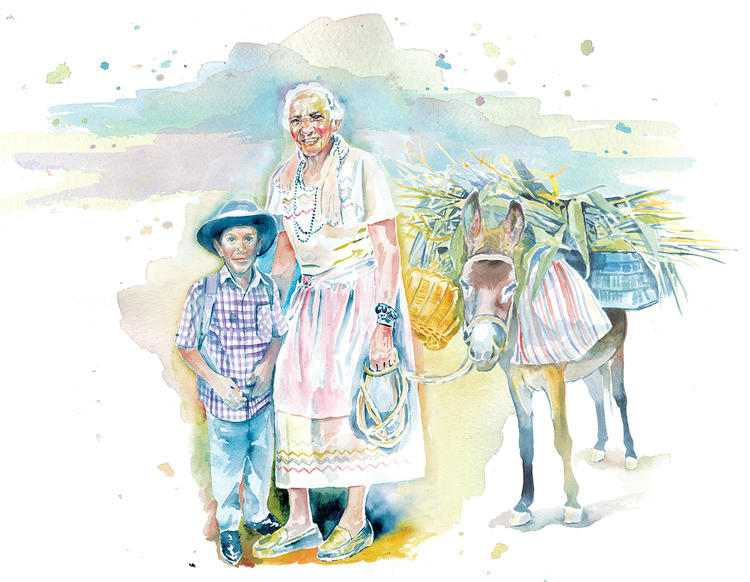
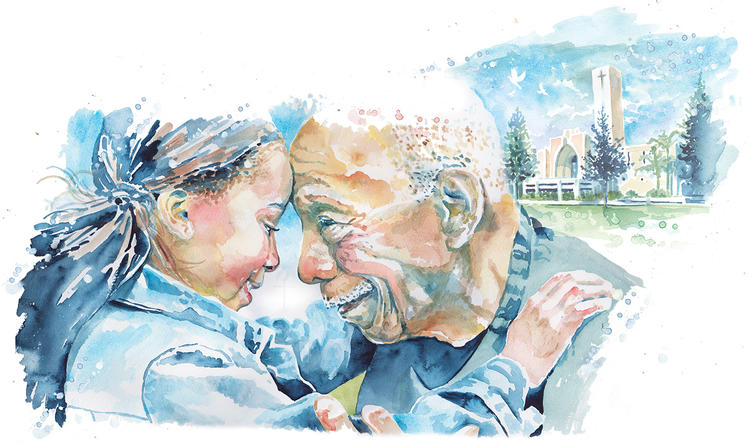
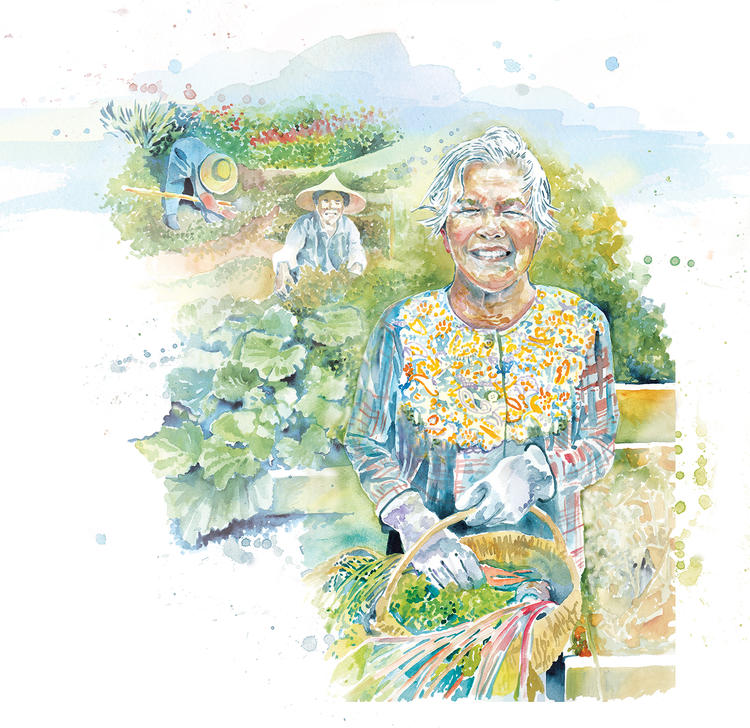

 © 2025 All Rights Reserved
© 2025 All Rights Reserved